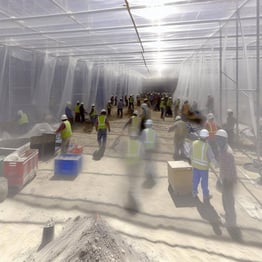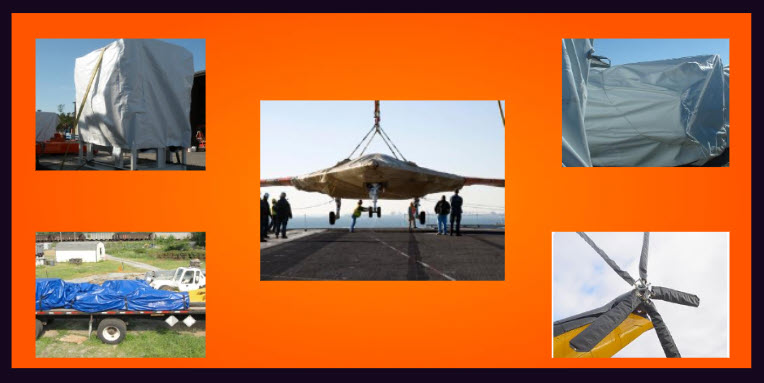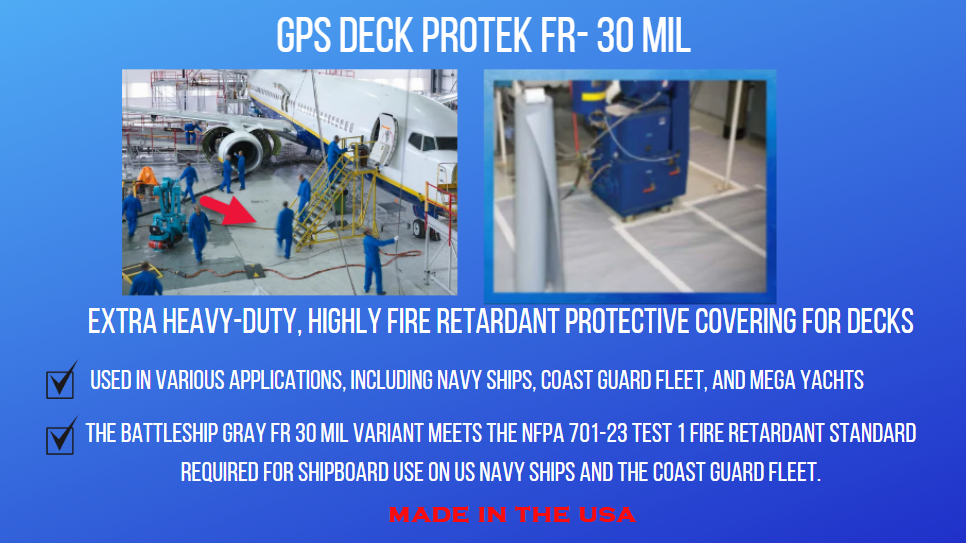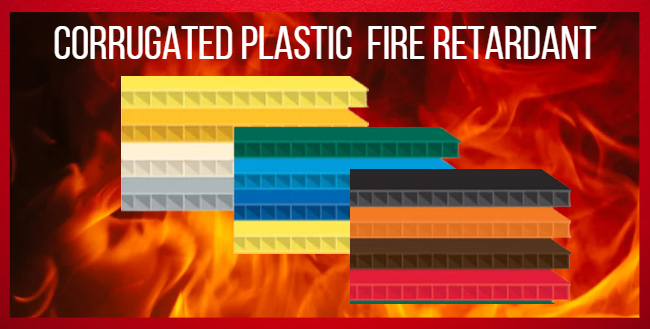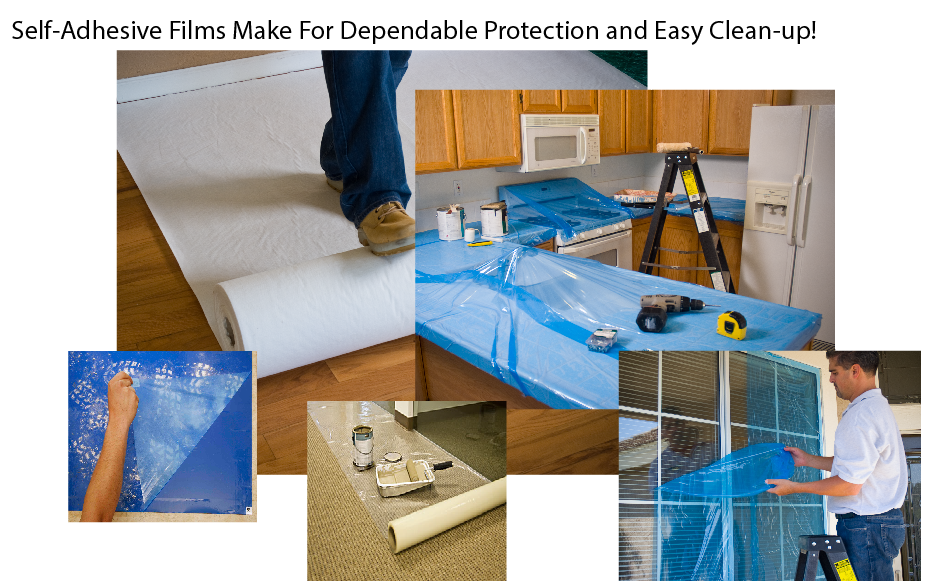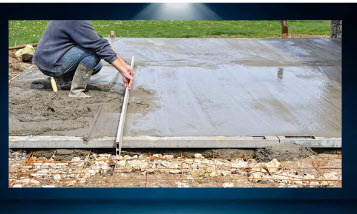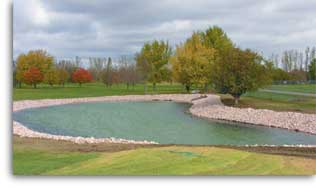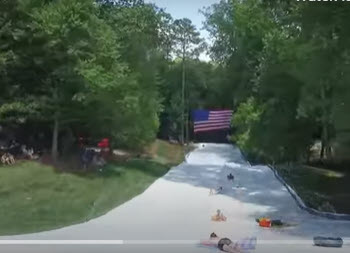Creating a Safe and Spooky Haunted House with Fire Retardant Black Plastic Sheeting

When Halloween approaches, the excitement of creating a haunted house can be thrilling for both creators and visitors. However, safety should always be the top priority, especially when setting up temporary structures and decorations. Using fire retardant black plastic sheeting and fire retardant tape ensures that your haunted house not only looks spooky but also complies with safety regulations. Here’s how to do it right.
Choosing Fire Retardant Black Plastic Sheeting
Why Fire Retardant?
Fire retardant (FR) plastic sheeting is essential because it significantly reduces the risk of fire spreading in case of an accident. This is particularly important in a haunted house where there might be electrical equipment, lights, and flammable decorations.
Thickness Considerations
- 6 Mil Thickness: This is suitable for most haunted house applications. It is durable enough to withstand minor tears and punctures but still flexible enough to drape and hang easily.
- 8 Mil Thickness: Use this for areas with higher traffic or where the plastic might be exposed to more wear and tear. It offers added durability without sacrificing flexibility.
- 10 Mil Thickness: Best for structural applications or areas where the plastic needs to provide extra strength and support. It’s the thickest and most durable option, ideal for creating walls or barriers that need to stand up to significant stress.
Selecting the Right Fire Retardant Tape
Fire retardant tape is crucial for securing the plastic sheeting and ensuring all seams and connections are safe from potential fire hazards.
Types of Fire Retardant Tape
- Polyethylene Tape: This is a versatile option that works well with polyethylene sheeting. It’s strong and durable, making it perfect for high-stress areas. Please visit the FR Tape Page Here
Tape Thickness
- 10 Mil Tape: Ideal for heavy-duty applications. Use this for seams that will bear a lot of tension or where a strong hold is critical.
- 6 Mil Tape: Suitable for lighter applications. It’s easier to work with and can still provide a secure seal for most general uses.
Setting Up Your Haunted House
Step-by-Step Guide
- Planning and Layout: Sketch out the design of your haunted house. Identify areas that need walls, barriers, and coverings.
- Measure and Cut Sheeting: Measure the dimensions of each area and cut the black plastic sheeting to size, ensuring you have enough overlap for secure taping.
- Secure with Tape: Use the appropriate fire retardant tape to secure the sheeting to walls, ceilings, and floors. Ensure all seams and overlaps are taped securely to prevent any gaps.
- Create Safe Pathways: Designate clear pathways for visitors, ensuring they are free of trip hazards and well-lit.
- Decorate: Add your spooky decorations, making sure they are also fire retardant or kept away from potential ignition sources.
When the Fire Marshal Shows Up
Documentation
If a fire marshal inspects your haunted house, you’ll need to provide documentation proving that all materials used are fire retardant. This includes:
- Fire Retardant Certificates: Obtain and keep on hand certificates from the manufacturers of your plastic sheeting and tape, verifying their fire retardant properties.
- Installation Documentation: Keep a log of how and where the materials were installed, including any specific safety measures taken.
Compliance Checks
- Material Verification: The fire marshal will check that all visible materials match the certificates provided.
- Installation Quality: They will inspect the quality of installation, ensuring there are no gaps or loose ends that could pose a fire risk.
- Safety Measures: Ensure that all electrical equipment is properly installed and that there are no potential ignition sources near the plastic sheeting.
Conclusion
Creating a haunted house with fire retardant black plastic sheeting and tape ensures that your spooky setup is both safe and compliant with fire regulations. By selecting the right thickness of sheeting and tape, and by being prepared with the necessary documentation, you can focus on scaring your visitors without worrying about fire hazards. Safety first means fun for everyone, so make sure your haunted house is as secure as it is scary.
Please visit the Haunted House Fire Retardant Black Plastic sheeting here



